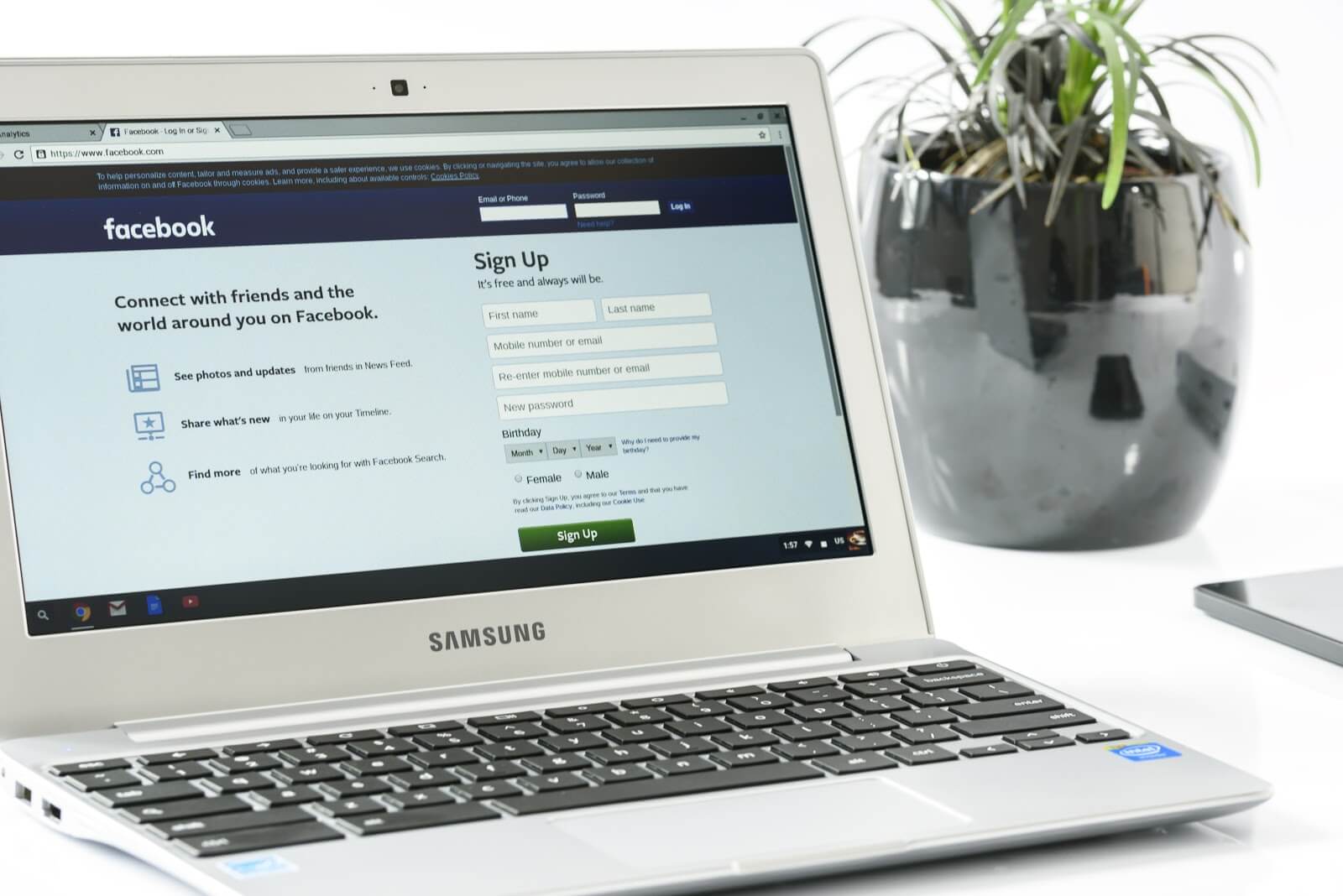It’s that time of the year!
Birds are chirping, trees are blooming, and we’re organizing our wardrobes and cleaning out our garages…
Something about the energy of spring lends itself to new beginnings, and that includes spring cleaning. After a winter’s worth of grime and dust, it feels invigorating to deep clean our homes and to begin anew.
But what about your nonprofit? Like a typical household, your nonprofit organization has likely collected some cobwebs and dust bunnies over the year (or even years)!
So… The age-old tradition of freshening things up after a long winter can be very useful to nonprofits too.
With the seasons changing (if only on your calendar), now is the perfect time to take a step back from the day-to-day grind and recalibrate. Take some time to review and refresh. This can make a big difference in how your nonprofit organization works.
If you have the means to, it’s a good idea to hire a consultant or a consulting firm to help with the process. But even if your budget is tight – you can still make a difference!
7 Tips to Spring Clean your Nonprofit in 2024
1. Check-in With the Strategic and Operational Plans
Spring is a good time to assess whether your organization is on track.
To do that, check-in with your strategic and operational plans.
While the strategic plan is usually developed to help an organization achieve its long-term vision, operational planning is done to support strategic planning efforts and involve the process of deciding what needs to be done to achieve the tactical objectives of an organization.
Simply put, operation plans are action plans, so in a perfect world, the strategic plan comes first, quickly followed by a robust and measurable operating plan.
Organize a meeting of all relevant stakeholders and go through your strategic plans. Engage all or most employees when evaluating operational plans, have everyone come prepared having reviewed their own results, and noted their key accomplishments and challenges.
To check-in with your strategic plan, ask yourself:
- Is our big-picture strategy still valid?
- Are your objectives are still relevant? Do they relate back to your mission, vision, and values? Make sure your answers are backed by data.
- What goals have been achieved to-date? What obstacles might exist preventing further goal achievement?
- Check where performance expectations lagged behind. What needs to happen to move you forward? Any areas that need some extra attention?
Step back and look at each element of your strategic plan. See if there are any successes that can be celebrated right now.
To check-in with your operational plan:
- See if operational activities and processes are aligned to the goals of your organization.
- Focus on results rather than activities. Review your key metrics to check how effectively you’re meeting your organizational objectives.
- Check-in on people: their roles, responsibilities, and skillsets. Are they contributing to the organizational goals? Are any lacking the necessary skill set or support?
- See how you use the technology you have and how that performance can be improved.
- Look at your spending. Identify any gaps.
- Is there evidence that the organization can make important decisions efficiently and effectively?
- It’s possible that some program or service has been identified as a “problem area.” Why? Are the right people in place to perform the necessary tasks? Are sufficient resources available?
- Do staff appear to be inspired by the organization’s mission and its leadership? Are they engaged with the mission, and do they indicate a commitment to the organization?
Reviewing your strategic and operational plans can help you get back on track, refocus your energy, and motivate your team.
Plans and KPIs don’t mean much if they’re just collecting dust somewhere in the drawers.
Pro tip 1: While looking at your strategic and operational plans and the relevant KPIs, it could be a good idea to brainstorm all the ‘decisions’ that have been pending. Write them all down and make as many of those decisions as possible. This will lighten some load!
Pro tip 2: You can’t check how you’re doing against your KPIs and your plans without the relevant data. If you’re finding it difficult to assess how you’re doing because you’re lacking data – you need to take action. Figure out which data you need to collect and then devise ways in which you can start doing so. Late is always better than never!
2. Fine Tune Your Communications and Messaging
A big part of what makes great nonprofit organizations great is how well they ‘do’ their communications and messaging. This is why finetuning your communications during your nonprofit spring clean is one of the best things you can do.
Send your website and social links to a few friends or acquaintances or friends of board members (ideally those not so familiar with your work), with a few attached questions, such as, “Given this information, what do you think our organization does?”
Once you receive their answers, you’ll be able to see if your communication comes across the way you think it does, and if not – what is it that you need to adjust.
You can also get a few staff members to invite their friends to sit down with you for half an hour. Have them try to find a few pieces of information on a website while you observe them. Watching how different people navigate your website can help you understand what’s missing or what can be changed to make the user experience smoother. For example, a simple “contact us” button or the “chat with us” bot can vastly improve your conversion rates. Never invest a lot of effort in redesigning a website “blindly”!
Freshen up your website by adding new content, editing where needed, and deleting old/inaccurate content. Check your program pages, staff and board pages, your ‘What we do’ or ‘Who we are’ pages, and ensure the write-ups accurately reflect your work.
Furthermore, take a good look at your fundraising appeal letters, thank you letters, newsletters, and other content. Have you been using the same old, boring templates for years? Freshen them up with stellar, donor-centric content that pays attention to every detail.
Pro tip 1: Check out the Hubspot’s Website Grader, which will give you free marketing advice on your website.
Pro tip 2: Clean up your social media accounts. Your nonprofit’s social media accounts (Facebook, Twitter, Instagram, etc) may be well overdue for an update. Your social accounts should accurately reflect what your nonprofit organization is all about!

3. Get Your Branding Right
Branding is essential to an organization’s success. When a nonprofit brand has been intentionally crafted, properly positioned, and aligned to its target audiences – the trust and loyalty of the audience increase.
But, over the years, many things can slip through the cracks…
Last year’s flyer colors could be looking very different to your website colors today, and your postcards might not match your newsletter.
Bring together all of your printed and online branding collateral (brochures, newsletters, social media posts, flyers, templates, postcards, etc.) and look at all of them together. Does it look like all of them belong to the same organization? Do they follow the same fonts, headings, and color themes?
Are the logos consistent across the board?
Make note of any inconsistencies and actions that need to be taken to rectify them.
Furthermore, now that you have a lot of your branding collateral in one place – consider if your branding is giving off the ‘vibe’ you want it to. Is there anything you can do to make your branding stand out from the crowd?
If you’re interested in learning more, read more in our article on nonprofit branding here.
Pro tip 1: If you have had many logo iterations or refreshes over the years, make sure you have all your logos (black and white, on a white background, transparent background, square, long, vertical, etc.) in one place that everyone can easily access.
Pro tip 2: To help with consistency, create a simple nonprofit branding guide that outlines your main design elements, the typography, the logo, and other elements of the brand. Make sure the guide includes rules for what’s allowed and what isn’t when it comes to using those elements online and offline.
4. Get Down on the Donor Data
We know, we know…
With the exception of those data enthusiasts out there, very few of us like to go through and organize data.
But, good data hygiene is essential to success – even if it seems like a tedious process that requires more effort than it produces results.
However, without good data hygiene, you might be losing out on much-needed funds because your donor email addresses aren’t up-to-date, or you might be missing out on key insights (e.g. why donors lapsed). It’s possible, for example, that your donors just lost touch with you and would have otherwise continued giving. Perhaps their credit card has expired or they changed their email address.
Here are some things you can do:
- Check if the phone numbers and email addresses that you have in your database are correct (especially if you’ve had an influx of address changes, returned mail, and bounced emails after you sent your last appeal).
- Check for duplicate contacts in your donor data and merge or dedupe your records.
- Segment your contacts. Some recommended filters include New Donors, LYBUNTS (those who donated last year but unfortunately not yet this year), Major Donors, Monthly Donors, etc. Use these lists to better tailor your communications.
- Add in new relevant information to your donor database (e.g. event attendances, volunteering, etc).
Be meticulous! No donor wants to see their name misspelled or receive three mailings because you have duplicate records. Send a survey to your donors and add their responses to their donor profile for better personalization.
Maintaining a clean donor database is all about making donor stewardship as efficient as possible.
Pro tip 1: Send one more targeted mailing to your lapsed donors. Let them know you miss them and want them back. If you don’t hear anything, let them go!
Pro tip 2: This is a great time to make sure your Privacy Policy is up-to-date with the latest laws and regulations.

5. Implement New Technologies
Spring cleaning isn’t just about reviewing and combing through the ‘old’, it’s also about starting anew, trying new things.
If you’ve been meaning to try a new process, new system, or a new tool for a while, but you just never got around to it – now is the time.
For example, if your online and mobile giving is not up to the modern standards, here’s your chance to make it so.
Today’s donors love the flexibility of being able to give anywhere, anytime — from their phones as they’re having lunch or riding the subway. They love the ability to give on your organization’s website using a clear “Donate Now” button on the front page. They also enjoy being able to give via multiple payment gateways, and they like things simple and efficient.
Plus, a large segment of your donors (especially Gen Y and Z) might wish to set up recurring giving. They already pay for many things in monthly subscriptions (think Netflix, Spotify, etc), so recurring giving might be the most natural way for them to give.
With Donorbox, you can set up appealing and effective donation forms with a plugin that is very simple and fast to set up. Donorbox lets you collect both one-time and recurring donations, and it offers multiple payment gateways to your donors. Check out more Donorbox features here.
It’s crucial to use a fundraising tool that lets you showcase your organization’s branding, create pre-defined giving levels, and automatically delivers donation receipts and notifications to your new donors.
Pro tip: If you’re struggling to find your way amid the coronavirus pandemic, our COVID-19 Resource Center for Nonprofits includes a list of tools that you might find helpful at this moment. See them under “Remote Working Tools”.
6. Get Friendly
After a long winter cooped up, now is the time to get friendly and dust off all those business cards, introduction emails, or LinkedIn Messages that we’ve been ‘meaning’ to get to.
And this can happen virtually too (if you happen to be reading this during the extraordinary circumstances created by the COVID-19 pandemic). Zoom can be your best friend!
Set aside some time to reach out to those you’re most excited to connect with and set up some (in-person or virtual) coffee dates. Spread them out in a way that doesn’t overwhelm you.
You might even want to make some introductions yourself. Think about your network and see if there is anyone you could introduce to anyone else in a way that would be interesting and beneficial for everyone involved.
Pro tip: This could be a wonderful time to sprinkle those ‘thank you’s’ everywhere. An extra ‘thank you’ never hurt anyone! Is there a member of your community (a staff member, a volunteer, a donor) who has been especially supportive in the past few months? Is there anyone who has really gone above and beyond? Take this opportunity to do something special to thank them.
7. Catch up With the Staff
It’s no secret that working as part of a nonprofit can be stressful at times. Nonprofit professionals are often underpaid and overworked. They are also often under stress and pressure to meet a variety of goals and expectations.
Whether your staff consists of volunteers or paid staff members (or both), it’s important that you get their feedback about your work and their experience working with your organization. It’s very important for your teams to know and feel that you care enough to ask!
Put together a brief survey or hold a get-together (depending on the size of your organization) where you can discuss the past, present, and future of your organization.
Discuss workflows and processes used by your staff and beneficiaries. Make sure the right people are in the room—the ones who actually do the work or the front-line staff who interact with beneficiaries and donors.
Find out what’s working and what isn’t. Where are you doing redundant work? What’s causing frustration? Is there a better way to do it?
Pro tip: It’s been proven time after time that our physical environment impacts our productivity and happiness. Nonprofit office spaces are not usually known for their beauty and glamour. So, take some time to give your office space some much-needed TLC. You don’t have to invest a lot in this project (unless you can and want to). A big clean, a fresh coat of paint, a few plants, a framed photograph of the team – all these can make a world of a difference!

Bonus Tips
- Statistics regarding your nonprofit and your work are going to change frequently. It’s okay to cite statistics over the course of a year, but you should try to update those stats regularly – at least yearly.
- Ensure that the mobile version of your website is tidy and shiny. After all, you only have a few seconds to capture the attention of your website visitors, and a responsive website will keep them there longer.
- Survey participants, members, donors, employees, volunteers, and community leaders about which of your nonprofit’s programs are the most and least effective and why.
- Remove any former employees who still have usernames, profiles, or any access to your web properties.
- Check if your bylaws are current to ensure you are following established guidelines. If your committees, meeting frequency, board structure, or any other items listed in your bylaws have changed, it’s time to update.
- Are you safeguarding organizational knowledge? If you had to hire a new staff member, would they be able to jump in and continue the work? Make sure somebody is capturing all of the process development so that it doesn’t have to be re-done over and over.
- Develop operations and project manuals, checklists, vendor and media contact information, calendars, and work plans.
- Develop a plan to address the potential transition or loss of key leaders.
- Have you done performance reviews recently? Written performance evaluations should occur for all staff six months after hiring, and then annually (from date of hire) thereafter.
Handing the Broom Over to You
For best results, schedule a quarterly or yearly ‘cleaning’ of your nonprofit (or whichever time frame works best for you). Also, make sure you put systems in place that will make it easier for you to maintain the order and organization.
Lastly, you know how house cleaning and organizing projects somehow seem to get worse the longer we put them off? And how do they keep weighing on our minds day after day? And just how amazing it feels once we finally get them done?
The same goes for your nonprofit spring cleaning.
Put on your comfy clothes and take on your nonprofit cleaning as soon as you can. You’ll be happy once it’s done!
Maintaining the organization and health of your nonprofit is just as important to the long-term success of your mission as advocacy work and fundraising projects.
A strong organizational base ensures that you will continue to serve your community and your mission for many years to come.







